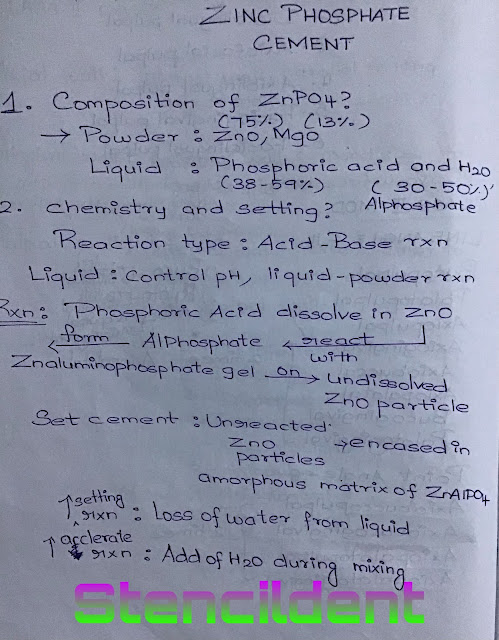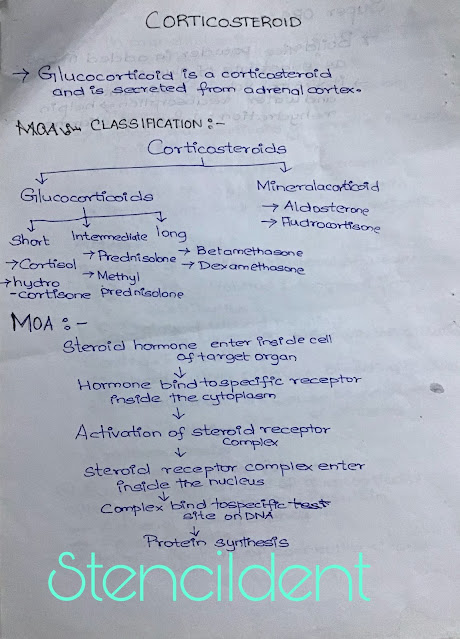Peptic ulcer - Classification,mechanism of action,antacid

PEPTIC ULCER - Part 1 Peptic ulcer is result from imbalance between acid pepsin secretion and mucosal defense factor Stomach secrete 2.5 litre of gastric juice daily MECHANISM OF ACTION: Chief cell secrete pepsinogen Parietal cell secrete hydrochloric acid and intrinsic factor Gastric acid secretion regulated by Acetylcholine - muscarinic receptor Gastrin - g receptor Histamine- h2 receptor Acetylcholine and gastrin act on parietal cell Act indirectly on enterochromaffin cells releasing histamine Mucosa secretes mucus which forms the protective layer ,bicarbonate and prostaglandin Prostaglandin stimulate mucus and bicarbonate that leads to vasodilation and thereby inhibit gastric secretion CLASSIFICATION : DRUG FOR PEPTIC ULCER : A) GASTRIC ACID SECRETION INHIBITOR : H2 antihistamine - CIMETIDINE,RANITIDINE Proton pump inhibitor - OMEPRAZOLE,LANSOPRAZOLE B) GASTRIC ACID NEUTRALIZER : Systemic - sodium bicarbonate,sodium citrate Non systemic - magnesium hydroxide,calc







